While mishima is on hiatus, I will be cross posting some of our daily and weekly features from The Stars Hollow Gazette
This is your morning Open Thread. Pour your favorite beverage and review the past and comment on the future.
Find the past “On This Day in History” here.
July 11 is the 192nd day of the year (193rd in leap years) in the Gregorian calendar. There are 173 days remaining until the end of the year.
On this day in 1789, Jacques Necker is dismissed as France’s Finance Minister sparking the Storming of the Bastille.
Necker was seen as the savior of France while the country stood on the brink of ruin, but his actions could not stop the French Revolution. Necker put a stop to the rebellion in the Dauphiné by legalizing its assembly, and then set to work to arrange for the summons of the Estates-General of 1789. He advocated doubling the representation of the Third Estate to satisfy the people. But he failed to address the matter of voting – rather than voting by head count, which is what the people wanted, voting remained as one vote for each estate. Also, his address at the Estates-General was terribly miscalculated: it lasted for hours, and while those present expected a reforming policy to save the nation, he gave them financial data. This approach had serious repercussions on Necker’s reputation; he appeared to consider the Estates-General to be a facility designed to help the administration rather than to reform government.
Necker’s dismissal on 11 July 1789 made the people of France incredibly angry and provoked the storming of the Bastille on July 14. The king recalled him on 19 July. He was received with joy in every city he traversed, but in Paris he again proved to be no statesman. Believing that he could save France alone, he refused to act with the Comte de Mirabeau or Marquis de Lafayette. He caused the king’s acceptance of the suspensive veto, by which he sacrificed his chief prerogative in September, and destroyed all chance of a strong executive by contriving the decree of 7 November by which the ministry might not be chosen from the assembly. Financially he proved equally incapable for a time of crisis, and could not understand the need of such extreme measures as the establishment of assignats in order to keep the country quiet. Necker stayed in office until 1790, but his efforts to keep the financial situation afloat were ineffective. His popularity had vanished, and he resigned with a broken reputation.

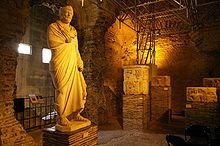
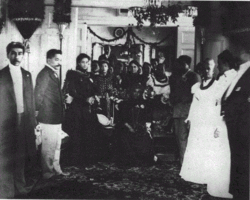
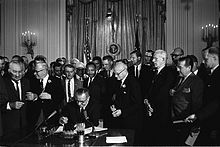

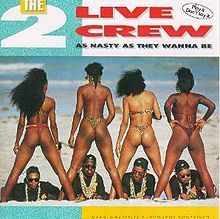

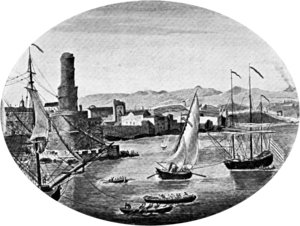
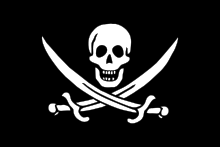 Port Royal provided a safe harbour initially for privateers and subsequently for pirates plying the shipping lanes to and from Spain and Panama. Buccaneers found Port Royal appealing for several reasons. Its proximity to trade routes allowed them easy access to prey, but the most important advantage was the port’s proximity to several of the only safe passages or straits giving access to the Spanish Main from the Atlantic. The harbour was large enough to accommodate their ships and provided a place to careen and repair these vessels. It was also ideally situated for launching raids on Spanish settlements. From Port Royal, Henry Morgan attacked Panama, Portobello, and Maracaibo. Roche Brasiliano, John Davis (buccaneer), and Edward Mansveldt (Mansfield) also came to Port Royal.
Port Royal provided a safe harbour initially for privateers and subsequently for pirates plying the shipping lanes to and from Spain and Panama. Buccaneers found Port Royal appealing for several reasons. Its proximity to trade routes allowed them easy access to prey, but the most important advantage was the port’s proximity to several of the only safe passages or straits giving access to the Spanish Main from the Atlantic. The harbour was large enough to accommodate their ships and provided a place to careen and repair these vessels. It was also ideally situated for launching raids on Spanish settlements. From Port Royal, Henry Morgan attacked Panama, Portobello, and Maracaibo. Roche Brasiliano, John Davis (buccaneer), and Edward Mansveldt (Mansfield) also came to Port Royal.